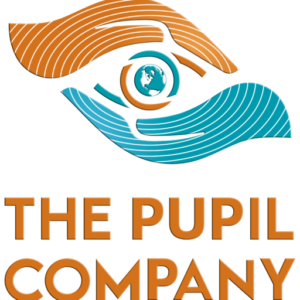“Education is not the learning of facts, but the training of the mind to think”
-Albert Einstein
Previously we discussed a new orientation for a classroom- a transition from a “teacher-centered” to a “learner-centered” model with a focus on Collaboration, Communication, Critical Thinking, and Creativity.
Now, the question remains- how do we accomplish this?
The old model would demand that a teacher or facilitator would lecture on a certain topic area or set of procedures.
A new collaborative approach might include an activity in which the learners are split into smaller groups with a topic area assigned to each and the assignment that they teach the topic area to the others.
The old model would demand that a teacher review material by repeating the most vital steps or concepts.
A new communicative approach could include assigning the explanation of an individual part of a multi step process to a learner and aligning the learners with their assigned steps in the order that they would need to know creating a visual chain of steps of the required process.
The old model would require rote memorization.
A new critical thinking model could have reviews that don’t end at reciting a piece of information, but rather, asks “Why” to probe the learner’s understanding of the material as well as the connection between the information and the goals of the company.
The old model would require adherence to steps of a procedure.
The new model might require the students to create their own procedure before they’ve learned established company protocols. In this activity the learner will be prompted to think through the goals to accomplish and the problems to avoid. When they are finally exposed to the established protocol they will be much more intimately familiar with why particular steps are taken.
After reading through the previous examples a facilitator may be apprehensive as they begin to notice that they are less and less integral with each new strategy. But, this is the wrong attitude. The facilitator is less necessary as a public speaker but much more vital as a coach.
This transition is slight but key- in this new model a facilitator isn’t the fountain of knowledge, but rather, the driving force behind the energy of the classroom and the coach who is able to step far enough back to notice and correct the missteps of the students that could grow into larger problems down the road. The end result is a motivated, educated workforce prepared for the task at hand.
How can you make your classroom more collaborative? Communicative? Creative?
What’s YOUR Vision?

